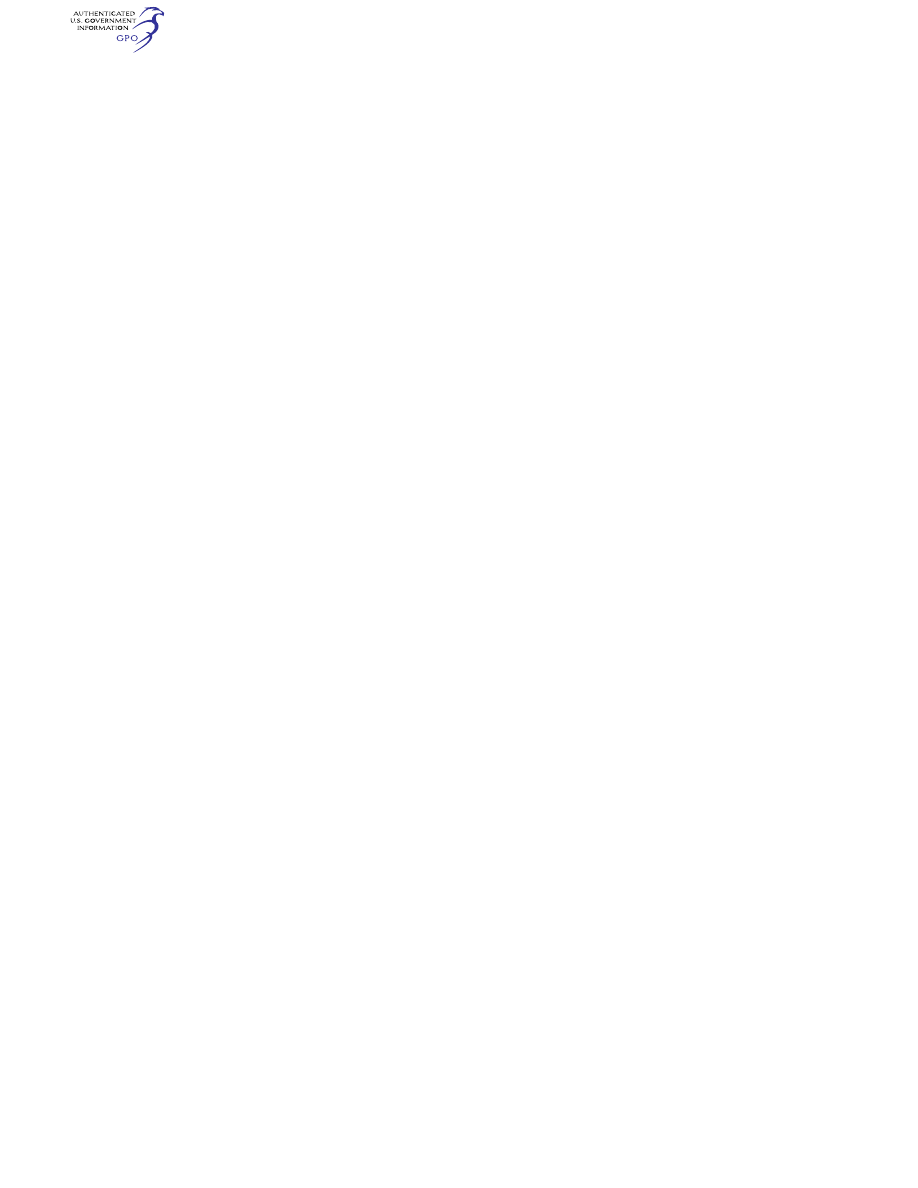
610
14 CFR Ch. I (1–1–24 Edition)
§ 29.737
(2) Hold the rotorcraft parked on a
10-degree slope on a dry, smooth pave-
ment.
[Doc. No. 5084, 29 FR 16150, Dec. 3, 1964, as
amended by Amdt. 29–24, 49 FR 44437, Nov. 6,
1984]
§ 29.737
Skis.
(a) The maximum limit load rating of
each ski must equal or exceed the max-
imum limit load determined under the
applicable ground load requirements of
this part.
(b) There must be a stabilizing means
to maintain the ski in an appropriate
position during flight. This means
must have enough strength to with-
stand the maximum aerodynamic and
inertia loads on the ski.
F
LOATS AND
H
ULLS
§ 29.751
Main float buoyancy.
(a) For main floats, the buoyancy
necessary to support the maximum
weight of the rotorcraft in fresh water
must be exceeded by—
(1) 50 percent, for single floats; and
(2) 60 percent, for multiple floats.
(b) Each main float must have
enough water-tight compartments so
that, with any single main float com-
partment flooded, the mainfloats will
provide a margin of positive stability
great enough to minimize the prob-
ability of capsizing.
[Doc. No. 5084, 29 FR 16150, Dec. 3, 1964, as
amended by Amdt. 29–3, 33 FR 967, Jan. 26,
1968]
§ 29.753
Main float design.
(a)
Bag floats. Each bag float must be
designed to withstand—
(1) The maximum pressure differen-
tial that might be developed at the
maximum altitude for which certifi-
cation with that float is requested; and
(2) The vertical loads prescribed in
§ 29.521(a), distributed along the length
of the bag over three-quarters of its
projected area.
(b)
Rigid floats. Each rigid float must
be able to withstand the vertical, hori-
zontal, and side loads prescribed in
§ 29.521. An appropriate load distribu-
tion under critical conditions must be
used.
§ 29.755
Hull buoyancy.
Water-based and amphibian rotorcraft.
The hull and auxiliary floats, if used,
must have enough watertight compart-
ments so that, with any single com-
partment of the hull or auxiliary floats
flooded, the buoyancy of the hull and
auxiliary floats, and wheel tires if
used, provides a margin of positive
water stability great enough to mini-
mize the probability of capsizing the
rotorcraft for the worst combination of
wave heights and surface winds for
which approval is desired.
[Amdt. 29–3, 33 FR 967, Jan. 26, 1968, as
amended by Amdt. 27–26, 55 FR 8003, Mar. 6,
1990]
§ 29.757
Hull and auxiliary float
strength.
The hull, and auxiliary floats if used,
must withstand the water loads pre-
scribed by § 29.519 with a rational and
conservative distribution of local and
distributed water pressures over the
hull and float bottom.
[Amdt. 29–3, 33 FR 967, Jan. 26, 1968]
P
ERSONNEL AND
C
ARGO
A
CCOMMODATIONS
§ 29.771
Pilot compartment.
For each pilot compartment—
(a) The compartment and its equip-
ment must allow each pilot to perform
his duties without unreasonable con-
centration or fatigue;
(b) If there is provision for a second
pilot, the rotorcraft must be control-
lable with equal safety from either
pilot position. Flight and powerplant
controls must be designed to prevent
confusion or inadvertent operation
when the rotorcraft is piloted from ei-
ther position;
(c) The vibration and noise charac-
teristics of cockpit appurtenances may
not interfere with safe operation;
(d) Inflight leakage of rain or snow
that could distract the crew or harm
the structure must be prevented.
[Doc. No. 5084, 29 FR 16150, Dec. 3, 1964, as
amended by Amdt. 29–3, 33 FR 967, Jan. 26,
1968; Amdt. 29–24, 49 FR 44437, Nov. 6, 1984]
VerDate Sep<11>2014
09:06 Jun 28, 2024
Jkt 262046
PO 00000
Frm 00620
Fmt 8010
Sfmt 8010
Y:\SGML\262046.XXX
262046
jspears on DSK121TN23PROD with CFR